
How to balance your art collection?


Art is not just about what you see; it’s about how it makes you feel. Imagine a playground with a seesaw. To make it fun, both kids on either side should be about the same size or weight. If one child is much heavier, the seesaw tilts, and it’s not enjoyable for anyone. This simple playground experience holds the secret to understanding balance in art.
When we talk about balance in art, we mean how things look and feel. It’s like that seesaw – we want things to feel equal, so our art looks and feels right. This balance is about where we put things like shapes, colors, and spaces in our artwork. It might sound complicated, but it’s like arranging a playground so everyone can have a good time.
We all naturally want our art to feel balanced, even if we don’t realize it. Balanced art, where everything feels just right, looks stable and pleasing. It makes the person looking at it feel comfortable and happy. But if the art is unbalanced, it’s like the seesaw tipping too much to one side. It doesn’t feel right, and it can be uncomfortable to look at.
Whether you’re changing your existing collection or beginning a fresh one, remember that your art should make you feel something and connect with your heart. In this blog, we’ll learn how to balance your art collection.
So, let’s start
What is balancing your art collection?


Balancing your art collection is like putting together a beautiful puzzle. It’s about picking artworks that you really like and that fit well into your collection. This means considering different art styles, exploring various types of art, and making sure your collection has a good mix of emotions and stories.
On the financial side, it’s all about setting a budget that makes sense for you, sticking to it, and letting your collection grow slowly. In simple terms, it’s about creating a collection that you love and that doesn’t cause money stress.
So, as you go on this journey, remember that a balanced art collection happens when your passion for art and your budget come together just right.
How to balance your art collection?
Now that you’ve got the hang of balancing an art collection, let’s explore some simple and practical ways you can balance an art collection.
Mix it up


To build a balanced art collection, try gathering different styles of art like abstract, realism, or impressionism. Mix things up by exploring various mediums such as paintings, sculptures, photographs, and prints. It’s a good idea to balance the themes too, so you can include artworks that make you feel different things or tell various stories. For instance, you can pair a calm landscape with a vibrant abstract piece.
Keep your collection fresh by constantly looking for new artists and artworks to bring in new perspectives and dimensions. This way, your art collection will stay visually interesting and emotionally rich.
Follow your heart


When it comes to choosing art for your collection, it’s important to trust your feelings. Take a moment to think about how a piece of art makes you feel. Does it stir your emotions or spark a sense of wonder? Pay attention to your personal likes and dislikes, such as your favorite colors, subjects, and styles.
The art that truly speaks to you is what you should aim to add. Don’t let trends or other people’s opinions sway you too much; trust your own instincts and your connection with the artwork. Be patient in your search, and keep an open mind.
Wait for those pieces that genuinely touch your heart and match your artistic sensibilities. This way, your collection will be a true reflection of your unique taste and emotions.
Consider the space you want to display your art


When you’re getting art for your collection, it’s a smart move to think about the space you have. Before you buy an artwork, measure the area where you want to show it off. Make sure the size of the piece fits just right.
Also, think about the room’s decor, lighting, and colors. Pick art that goes well with all these things. If you don’t have a lot of wall space, don’t worry. You can use shelves, pedestals, or change the art now and then to keep things interesting.
And remember, don’t put the artwork in a place where it blocks people walking around or makes the room look too crowded. This way, your art will blend nicely with its surroundings and make the whole space feel great.
Budget wisely
To be savvy about your art collection, start by figuring out how much you can spend based on your finances and goals. Look into the art market to get an idea of how much different types of art cost. This will help you keep your expectations realistic. When you’re buying art, stick to your budget. It can be tempting to overspend, but that can lead to money worries.
Remember, collecting art can take time. Begin with pieces that fit comfortably within your budget and slowly grow your collection as your financial situation allows. This way, you can enjoy the world of art collecting without stressing about your finances.
Search for local artists and artworks around you


To find unique art and make your collection more personal, start by checking out artists in your area. Go to local art shows, gallery openings, and art events. You might find talented artists who aren’t widely known. Join local art groups to learn about up-and-coming artists near you.
Visit artists’ studios or co-op spaces where they work, and you can see their art up close and chat with them. You could even work with a local artist to create a custom piece just for you, which can be really special.
While you’re at it, don’t forget to explore the Arts to Hearts Project’s Emerging Artists Award Group Show.
Stay open to changes
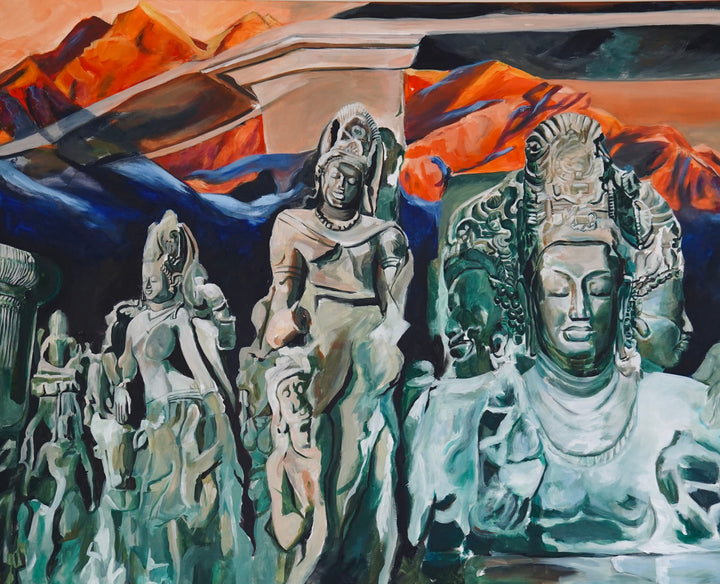
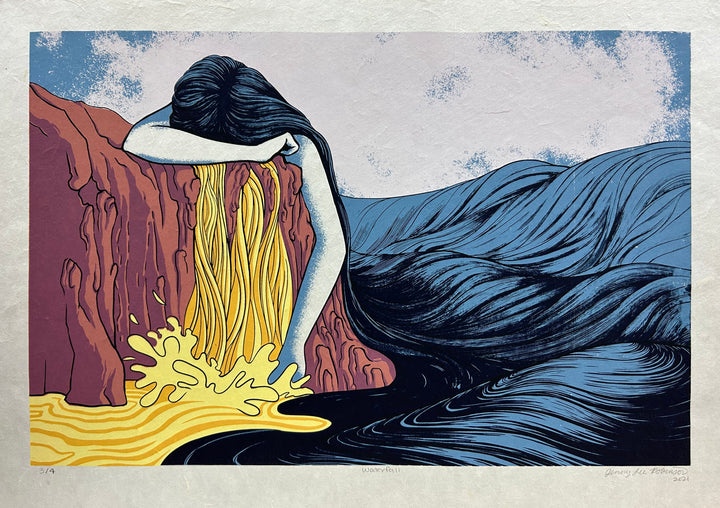
To keep your art collection looking good, think about how each new piece fits in. Look at themes, styles, and how it looks. Make sure the new art doesn’t take over or make things look unbalanced with too much color, subject, or size. If your collection mostly has one kind of art, try to find some that balance it out.
For example, if you have mostly artsy shapes and colors, think about adding something with real-life things in it. Stay open to changing things up a bit to make your collection look just right.
Ask about the materials and techniques used
When you’re thinking about buying art, don’t be shy about asking questions. Find out about the artist – where they come from and how they got into art. Ask what inspired the artwork and the story it tells. Knowing the background can make you appreciate the art more.
Also, learn about the materials and techniques used. This can tell you about how well the art is made and how long it might last. If you’re really interested in a certain artist or artwork, get in touch with galleries, dealers, or even the artist themselves. They can give you more info and tell you about the price. Being curious and asking questions can make your art collection more meaningful and interesting.


Trust your feelings
When it comes to collecting art, listen to how it makes you feel right from the start. If an artwork really speaks to you or stirs strong emotions, trust that feeling. Don’t overthink it too much. If you find yourself drawn to a certain piece or can’t stop thinking about it, it’s a sign that it holds a special place in your heart.
While getting advice and opinions can be helpful, remember that your own personal connection with the artwork matters most. Don’t let other people’s likes or dislikes push you in a direction you don’t want to go. Stay open to exploring different artists and styles, but in the end, let your own feelings guide your choices.
Remember
Collecting art isn’t just about what you see; it’s about how it makes you feel. Trusting your instincts helps you build a collection that truly resonates with you and brings you joy and satisfaction.
So, as you continue your art collecting, let your heart be your guide, and may your collection always reflect your unique journey. Happy collecting!











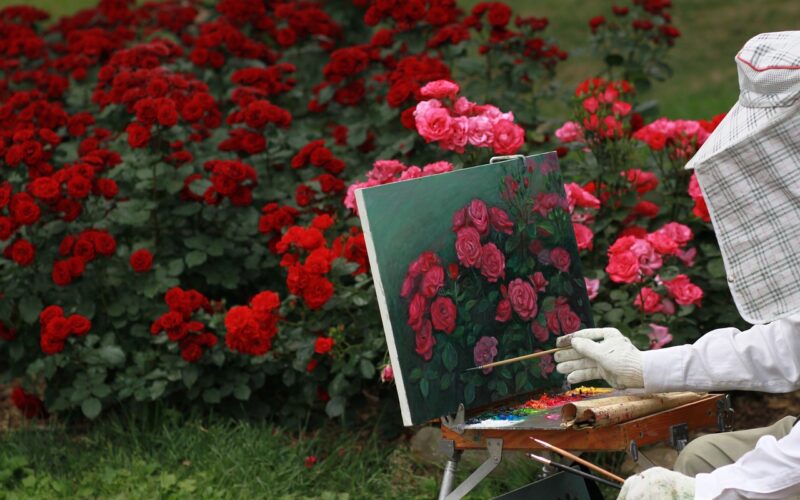
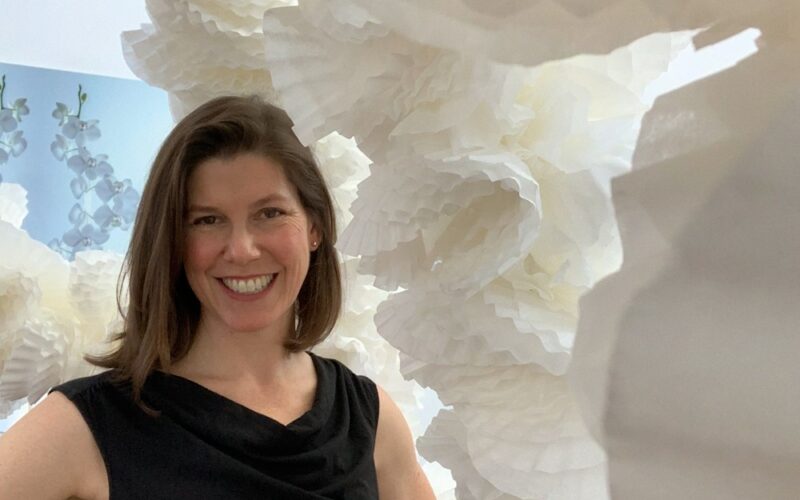
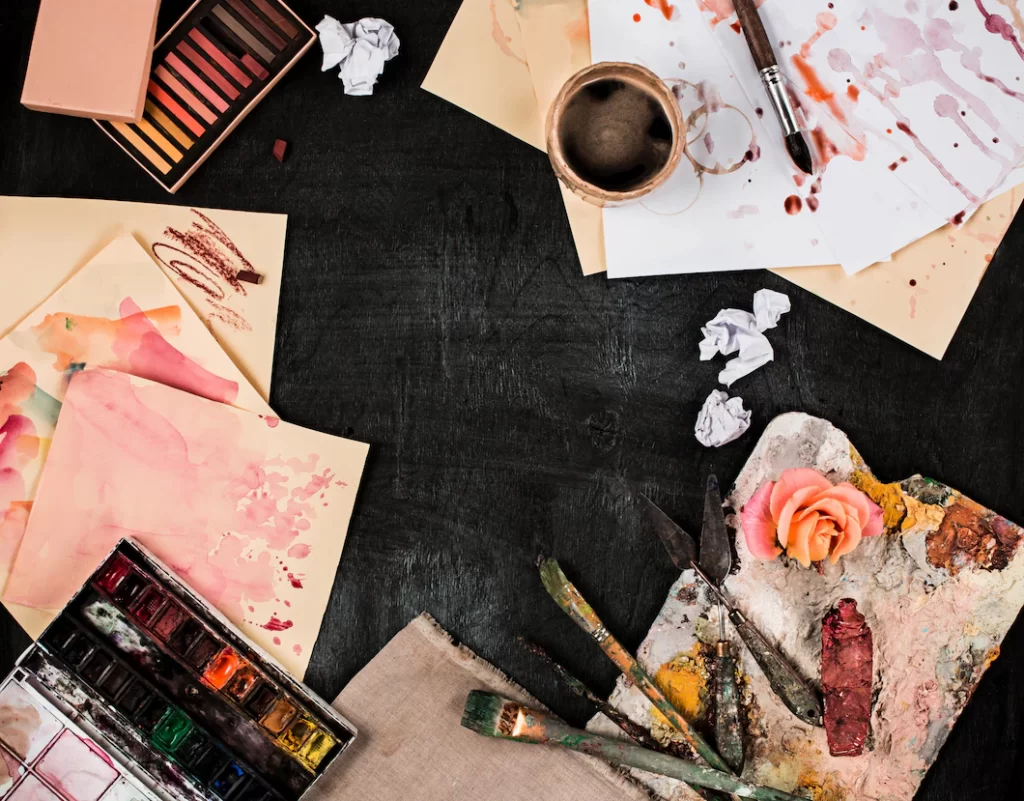



Comments 7